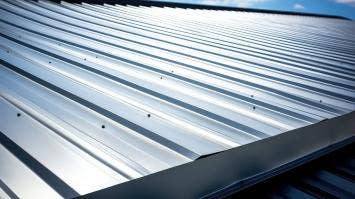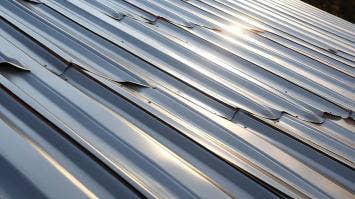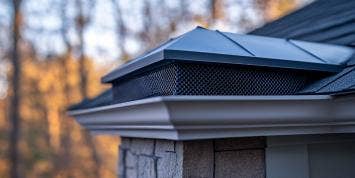When you think about increasing the value of your home, roofing might not be the first thing that springs to mind. Kitchens and bathrooms? Sure. Curb appeal? Maybe. But your roof? It plays a bigger role than you might think — not just in keeping you dry, but in how your home is perceived and valued.
-
-
Choosing the right roofing material isn’t always straightforward—especially when you're weighing up two popular options like fiberglass and PVC. Whether you're tackling a new build, upgrading a garden shed, or simply exploring your options, getting clear on what each offers can make all the difference. This guide will walk you through the real-world pros and cons of each, helping you figure out what fits your project, your budget, and your long-term expectations.
-
Replacing your roof is one of the most significant home maintenance projects you'll undertake. Timing this project correctly can make all the difference to results, costs and overall hassle. The season you choose affects everything from material performance to contractor availability, and getting it right means a smoother project with better longevity. For homeowners planning this essential upgrade, understanding the seasonal advantages can help you make informed decisions that protect your home for years to come.
-
Most homeowners don't give their roof's drainage a second thought—until there's a problem. That leaky ceiling or mouldy attic often traces back to one overlooked aspect of your home: how water moves off your roof. Even top-quality materials will fail prematurely without proper water management.
-
Ever noticed those tiny bits of metal holding your roof together? Probably not - they're hardly the most exciting part of a building project. Yet these small fasteners are actually keeping your house protected from the elements. While you might spend ages choosing the perfect tiles or attractive colours, it's often these overlooked components that determine whether your roof will last 5 years or 25.
-
We've all seen it - those slightly askew tiles on a roof that make you wonder if they'll survive the next big storm. At JJ Roofing Supplies, we frequently get questions about this common problem. Slipped roof tiles aren't just an eyesore; they're the first sign of potentially serious issues that could leave your home vulnerable to leaks and structural damage. Let's look at why this happens and what you can do about it.
-
When choosing metal roof sheets, one of the first decisions you’ll face is whether to go for painted or unpainted options. While both offer durability and strength, they each bring their own unique benefits and aesthetic appeal. In this guide, we’ll compare painted vs. unpainted metal roof sheets to help you decide which option is best suited for your needs.
-
Aluminium roofing sheets are a popular choice for both residential and commercial buildings due to their durability, lightweight nature, and resistance to corrosion; typically crafted from high-quality aluminium, they’re an excellent alternative to traditional roofing materials such as asphalt shingles or tiles. As homeowners and builders look for sustainable and cost-effective solutions, aluminium roofing sheets have gained prominence in the roofing industry - but what are their pros and cons? Let’s break it down.
-
Proper roof ventilation is essential for maintaining a healthy home environment. It helps regulate airflow, prevent moisture buildup, and extend the lifespan of your roof. By choosing the best roof ventilation methods, you can protect your home from issues like mould growth, ice dams, and excessive heat retention. In this guide, we’ll explore the top ventilation options to keep your roof in peak condition. Let’s dive in!
-
Polycarbonate is a highly durable thermoplastic material known for its strength, transparency, and lightweight properties. Used in a variety of applications, from eyewear lenses to greenhouse panels, it has become an increasingly popular choice for roofing. But just how strong is it? Let’s take a look.
-
Roof condensation occurs when warm, moisture-laden air rises and comes into contact with a cold surface, such as the underside of a roof - this process causes the moisture in the air to condense into water droplets. Several factors contribute to this issue, including poor ventilation, inadequate insulation, and fluctuating indoor humidity levels.
-
Roof tiles are built to withstand the elements, but over time, they can become damaged. Weather conditions, general wear and tear, or accidental impact can all lead to cracks and breaks. Heavy rainfall, freezing temperatures, and strong winds are common culprits, causing tiles to weaken and become brittle.












